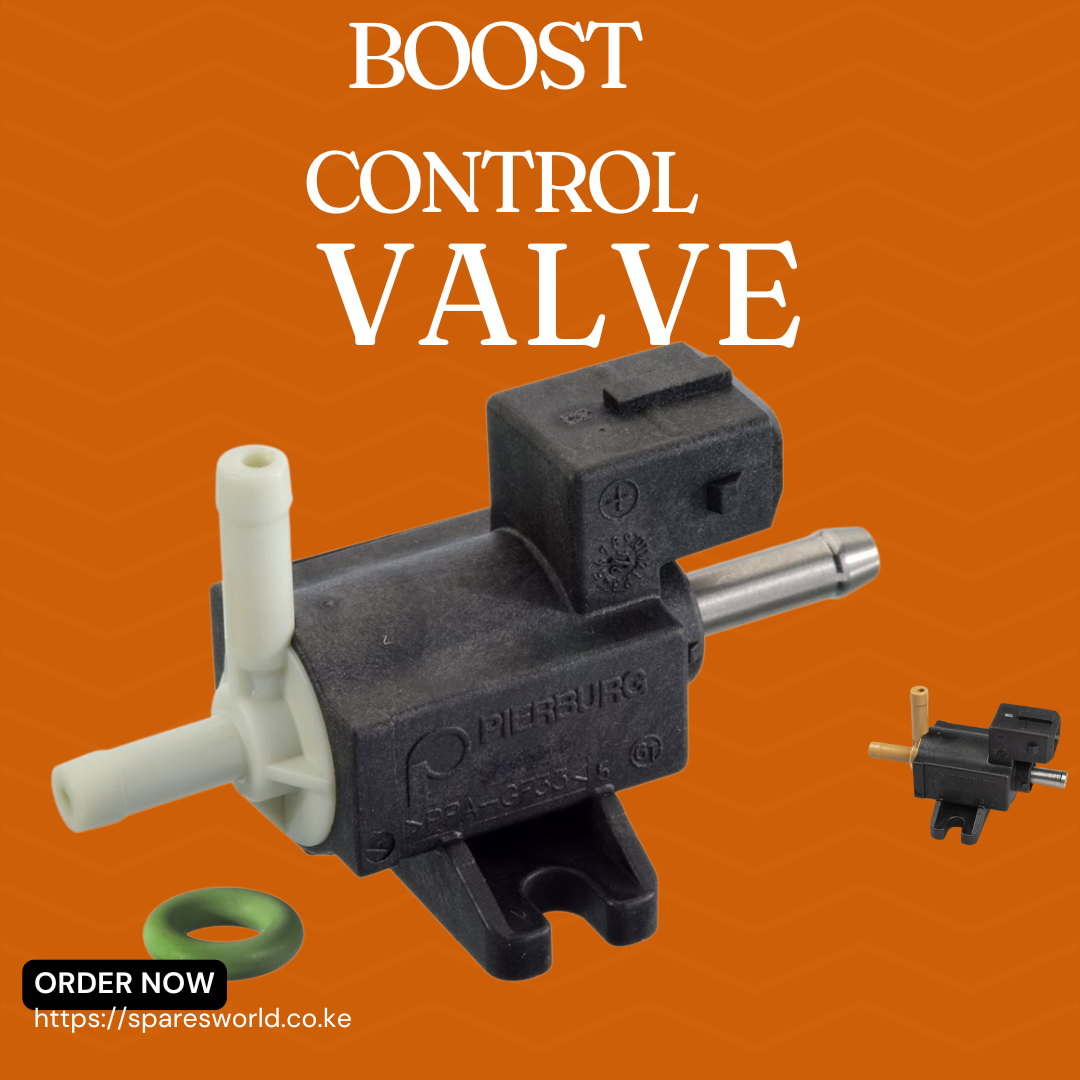How Boost Control Valves Impact Engine Performance

Explore the pivotal role of boost control valves in optimizing your vehicle's engine efficiency and power.
Understanding Boost Control Valves and Their Function in Turbocharged Engines
Boost control valves (BCVs) are critical components in turbocharged engines. They regulate the amount of boost pressure produced by the turbocharger, ensuring that the engine receives the optimal amount of air for combustion. This balance is essential for maintaining engine performance and preventing potential damage due to excessive pressure.
In essence, a boost control valve acts as a gatekeeper, allowing the turbocharger to provide more or less boost depending on the engine's needs. This regulation helps in achieving better power output, fuel efficiency, and overall engine longevity.
The Mechanics Behind Boost Control: How Valves Manage Air Pressure
The operation of boost control valves involves a complex interplay of mechanical and electronic systems. Typically, a BCV works by diverting excess exhaust gas away from the turbocharger, thus controlling the speed at which it operates. This is often managed by a wastegate, which opens and closes based on signals from the engine's control unit.
Modern BCVs are often electronically controlled, providing more precise adjustments. Sensors monitor various parameters such as intake manifold pressure, and the control unit adjusts the valve accordingly to maintain the desired boost level. This precision is crucial for achieving maximum efficiency and performance.
Enhancing Engine Performance with Proper Boost Control Valve Adjustment
Proper adjustment of the boost control valve is key to optimizing engine performance. When set correctly, the BCV can significantly improve the engine's power output and response time. It ensures that the turbocharger is always operating within its optimal range, providing the necessary boost without causing strain or damage.
Adjustment often involves fine-tuning the valve's response to different driving conditions. For instance, more aggressive settings may be used for performance driving, while more conservative adjustments can help improve fuel economy and reduce wear and tear during everyday use.
Common Issues and Troubleshooting Tips for Boost Control Valves
Despite their robustness, boost control valves can encounter several issues. Common problems include stuck valves, leaks in the vacuum lines, and electronic failures. These issues can lead to either too much or too little boost, adversely affecting engine performance.
Regular maintenance and inspection are crucial to keeping the BCV in good working condition. If performance issues arise, checking for common problems like vacuum leaks, faulty sensors, and ensuring the valve is not stuck can often resolve the issue. Consulting the vehicle's manual and seeking professional assistance can also be beneficial.
Future Innovations in Boost Control Technology and Their Potential Impact
The field of boost control technology is continually evolving, with future innovations poised to bring even greater improvements to engine performance. Advances in materials and electronic control systems are making BCVs more efficient and reliable. For instance, smart BCVs that can adapt in real-time to driving conditions are already in development.
These innovations promise to enhance both performance and fuel efficiency, contributing to more sustainable and powerful engines. As automotive technology continues to advance, the role of boost control valves will become increasingly significant in the quest for optimal engine performance.

 Loading..
Loading..